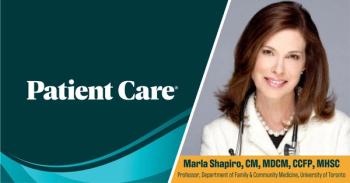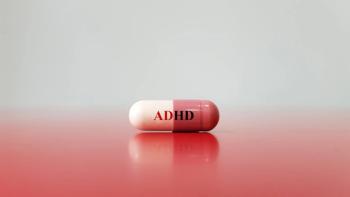
Preadolescent Alcohol Use Falling
PITTSBURGH -- Underage drinking in elementary schools -- whether more than a sip or regular use -- is on the decline but still not uncommon.
PITTSBURGH, Aug. 31 -- Underage drinking in elementary schools -- whether more than a sip or regular use -- is on the decline but still not uncommon.
The percentage of fourth to sixth graders who had ever had more than a sip of alcohol fell from 19% in 1993 to 15.2% in 1999, according to a review in the September issue of the journal Prevention Science.
Weekly alcohol use declined from 7% to 8% among sixth graders in 1998 to 3.2% to 3.9% in 2001, reported John E. Donovan, Ph.D., of the University of Pittsburgh Medical Center here.
Although positive trends, the results argue that efforts to delay onset of drinking should start before adolescence and target parents as well, Dr. Donovan said.
"Parents also need to be involved and made aware of the linkage between early alcohol exposure and problems in adolescence and later life, and need to be actively discouraged from offering their children drinks or involving them in adult drinking practices," he wrote.
Dr. Donovan searched the literature and the Internet for reports on prevalence of alcohol use among children 12 and younger. He found four U.S. national surveys and seven statewide surveys of children's alcohol and drug use with data on various levels of alcohol use.
The national surveys included the Partnership Attitude Tracking Study (PATS), the National Survey of Parents and Youth (NSPY), the Health Behavior in School-aged Children (HBSC) study, and the PRIDE Surveys.
State surveys were from Arizona, Delaware, Georgia, Ohio, New York, Rhode Island, and Texas.
Most 11-year-old children reported having tasted alcohol in the 1998 HBSC survey (62% of boys and 58% of girls).
Fewer reported having more extensive alcohol experience.
In the 1993 nationwide PATS survey, 10% of nine- to 10-year-old children and 23% of 11- to 12-year-olds said they had ever had more than a sip. Following the pattern of decline, those percentages dropped slightly to 9.0% and 21.0% by 1999.
Drinking or using alcohol was reported by 9.0% of nine- to 12-year-olds overall in the national NSPY study. But, alcohol use rates were higher in state studies that had children fill out questionnaires in class (18.5% to 24.4%).
From 1990 to 2004, there was a "significant decline over time for all grades in the prevalence of lifetime experience with alcohol," Dr. Donovan said.
For current drinking, rates of alcohol use in the prior year decreased significantly from 1997-98 to 2004-05 in the national PRIDE survey for:
- Beer (7.7% to 15.0% versus 4.3% to 7.4%).
- Wine coolers (6.6% to 18.4% versus 4.0% to 8.7%).
- Liquor (2.4% to 8.9% versus 1.7% to 4.9%).
The trends were similar in Ohio and Delaware surveys.
For more regular drinking, 3.0% to 4.1% of students in a national survey and 2% to 6.6% of students in state surveys reported alcohol use in the prior month.
Alcohol use in the prior week was reported by 3.9% of boys and 3.2% of girls in a national survey and by 4.7% among third to sixth graders in a state survey done in Arizona, the only state to ask about use in the prior week. Both rates declined over time in all reports.
"What is clear from the above reports on national and statewide samples is that substantial numbers of children do in fact have experience with alcohol," Dr. Donovan said.
For most children, it starts with a sip of wine from their parents or a relative in a family setting, he said.
This socialization to alcohol may in part reflect "the belief that introducing children to alcohol use as part of family dinners or events serves to inoculate them from involvement in problematic drinking later in life," he said.
But the only relevant longitudinal study to touch on this issue suggested that parents are not protecting their children by introducing them to alcohol, Dr. Donovan added.
Furthermore, "to the extent that children are introduced to alcohol in the home, school prevention programs are unlikely to be effective," which implies parents need to be involved in prevention efforts, too, he said.
For fourth to sixth graders, these programs should focus on building protective factors and reducing risk factors for problem behavior including, but not limited to, alcohol use, he concluded.
Newsletter
Enhance your clinical practice with the Patient Care newsletter, offering the latest evidence-based guidelines, diagnostic insights, and treatment strategies for primary care physicians.

































































































































































































































































































